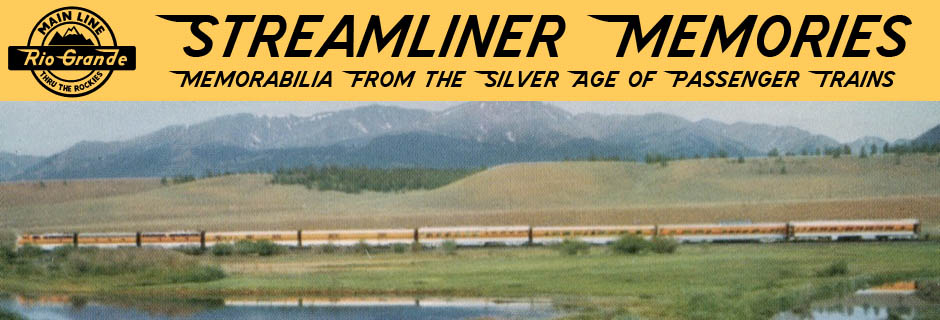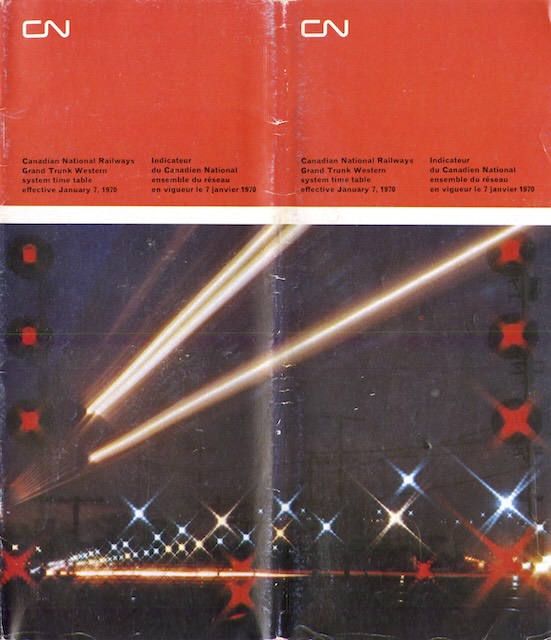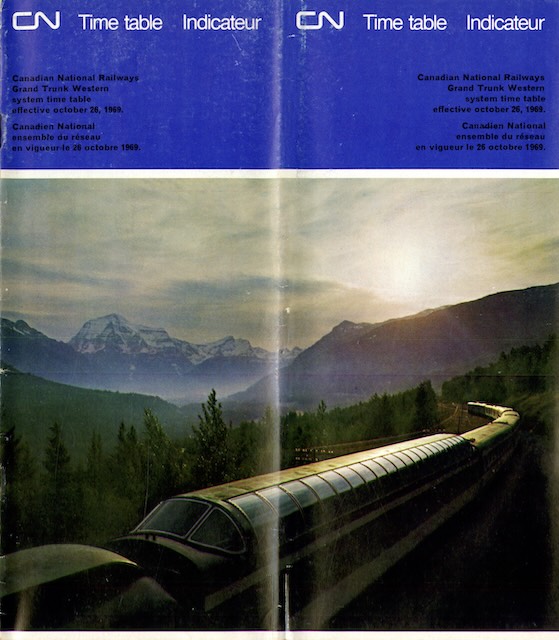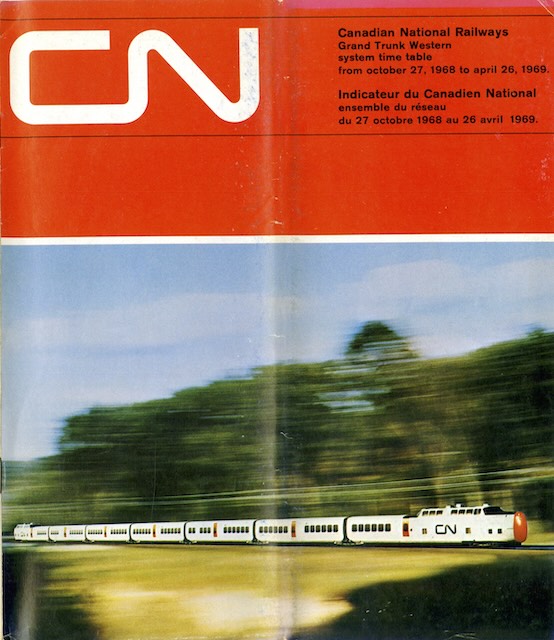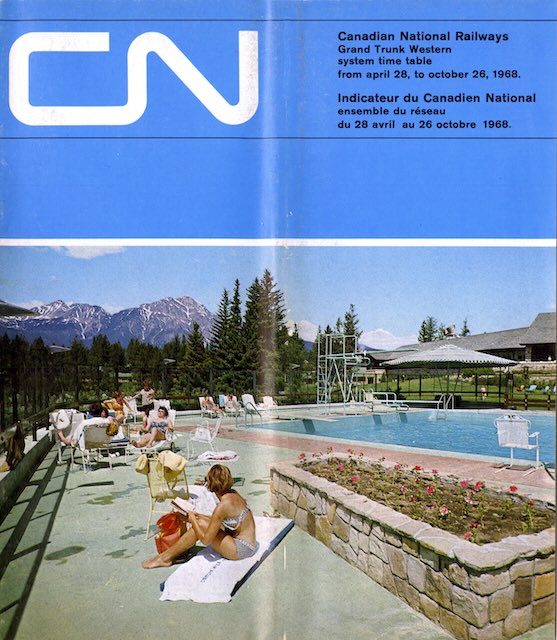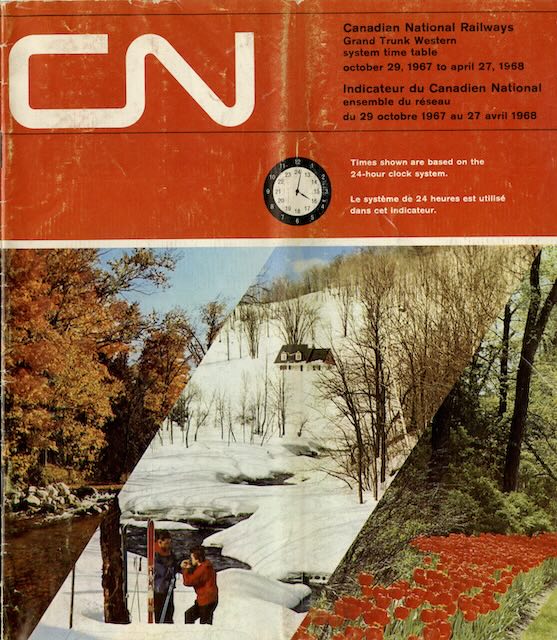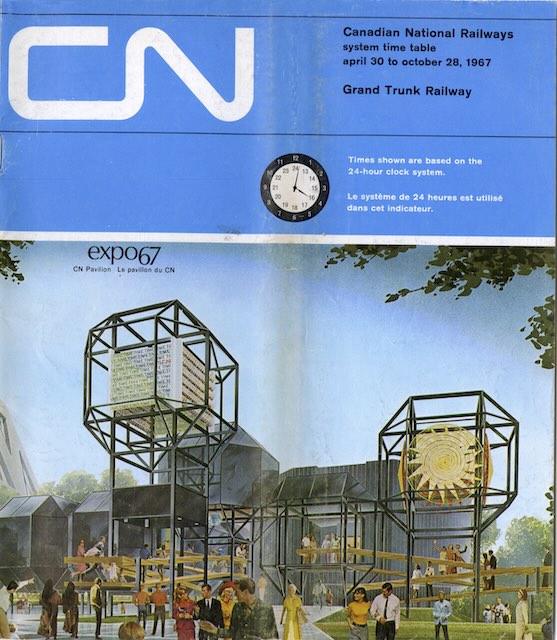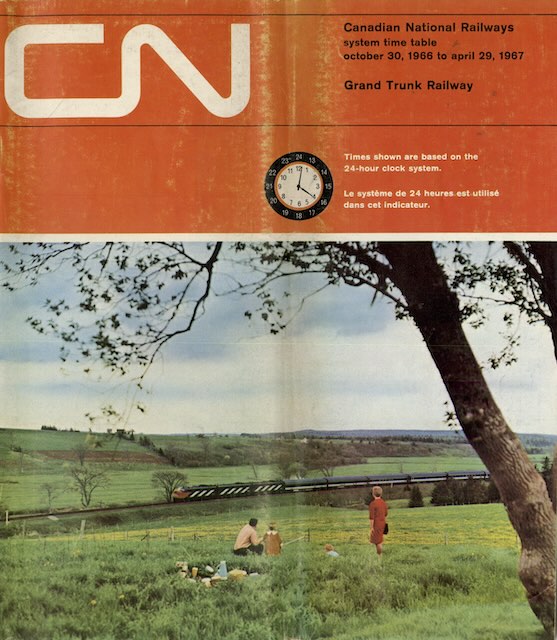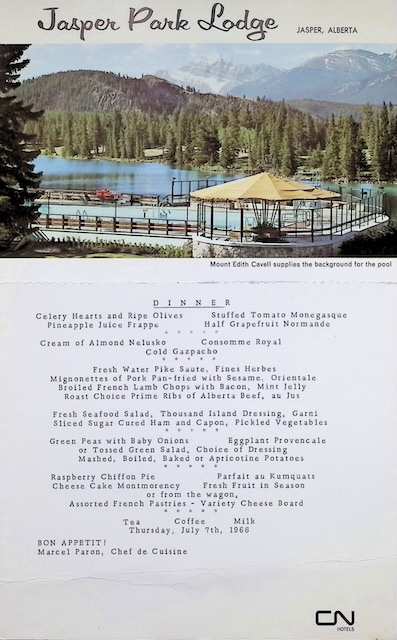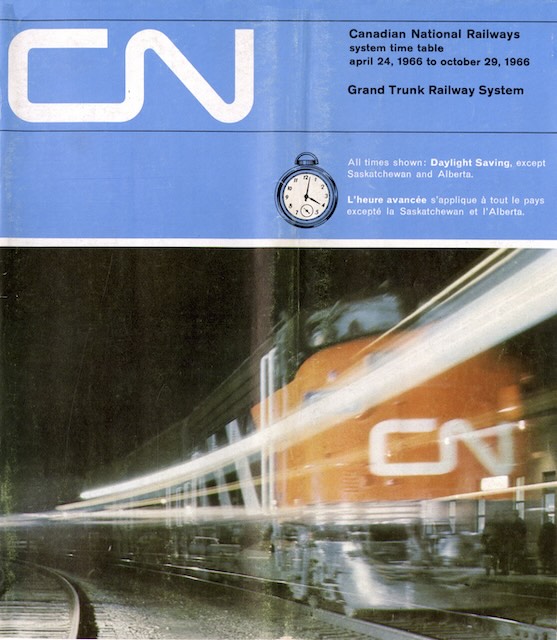I’ve put up with timetables that put their main cover on the back. I’ve accepted that it could make sense for timetables to number each panel rather than each page. But this timetable commits a cardinal sin that is unforgivable: it starts numbering pages on a left-hand page, so that the left-hand pages are odd numbers and the right-hand pages are even numbers.
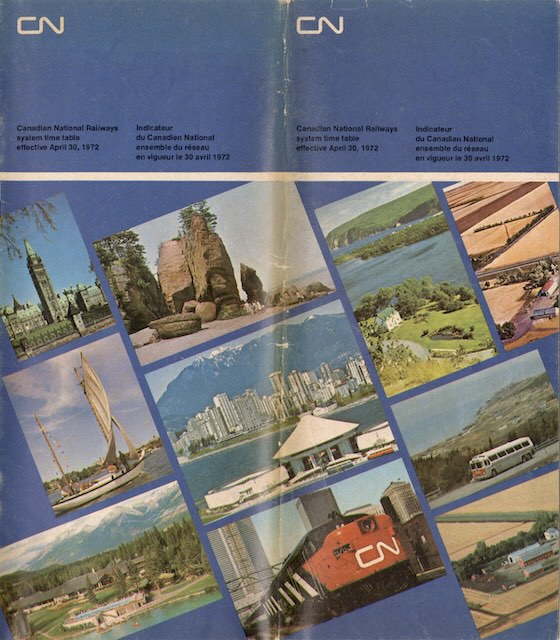 Click image to download a 17.5-MB PDF of this 24-page timetable.
Click image to download a 17.5-MB PDF of this 24-page timetable.
Anyone who has put together a book knows that odd numbered pages appear on the right and even numbers are on the left. Every CN timetable I’ve found before this one does it right. How did this one get it so horribly wrong? Continue reading
